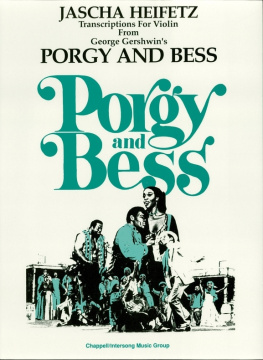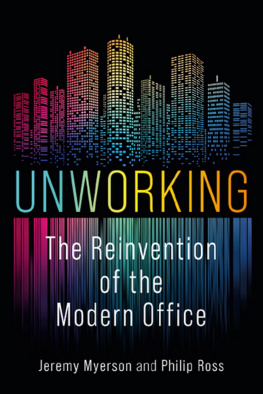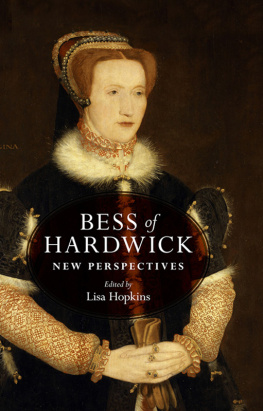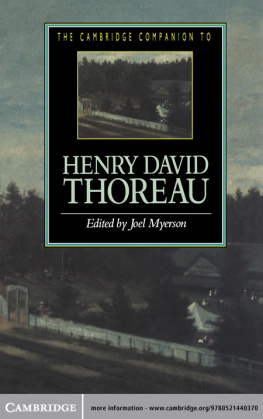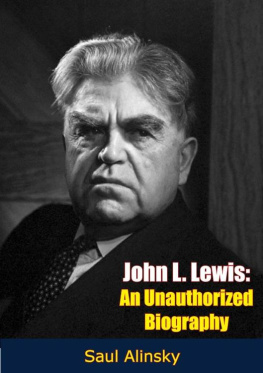Queen Bess
An Unauthorized Biography of Bess Myerson
Jennifer Preston
For my parents and for Chris
Contents
Introduction
For more than five decades, Bess Myerson dominated headlines in New York, so it was not surprising that her death on December 14, 2014, at age ninety was noted on the front page of the New York Times, an honor reserved for the worlds most compelling and significant public figures. Old black-and-white photographs showed her with Jacqueline Kennedy and former mayor Edward I. Koch, and of course, in a bathing suit, wearing the crown as Miss America 1945. For the most part, Bess would have been pleased by the attention her life story generated online and on social media.
She is remembered as the first Jewish Miss America, a beauty with brains, who confronted anti-Semitism during her reign by speaking out against bigotry and hate, and a television pioneer who evolved from game show host to serious and sophisticated TV personality to celebrated consumer advocate. The press noted her contributions to the citys cultural life and the role she played in helping elect Ed Koch as New York Citys mayor in 1977. The stories also recounted the disastrous turn her career took in the 1980s when a love affair with a much younger man found her swept up in a municipal corruption scandal.
The scandal, dubbed the Bess Mess by the tabloids, led to her dismissal as New York Citys cultural affairs commissioner and a federal trial on charges of bribery, conspiracy, mail fraud, and obstruction of justice brought by Rudolph W. Giuliani, then the US attorney in Manhattan. Embarrassing and bizarre details emerged about her private life, destroying the public image she had carefully cultivated since she was a young woman. When she was acquitted of all charges in 1988, Myerson disappeared from public view for more than twenty-five years. She lived her final days in relative obscurity in Santa Monica, California. Her death went publicly unnoticed for nearly three weeks. Unable to confirm rumors of her death through family or friends, journalists used public records.
When I first began working on this book, I was in my late twenties, a reporter in the City Hall Bureau of New York Newsday, covering the municipal corruption scandal that consumed much of the third term of the Koch administration. I could not help but be intrigued by Bess Myersons spectacular rise and fall and the personal challenges she faced while leading a very public life.
Looking back now, I wonder whether I was too young to write a biography of someone twice my age. I knew I had much to learn about life before writing someone elses biography. Thats perhaps why this story of Bess Myerson relies less on opinions and assumptions, and more heavily on in-depth reporting, public records, transcripts, and interviews. I let the reporting lead me on the journey to tell her story.
When Queen Bess was first published in 1990, one reviewer noted I had taken an empathetic approach to Bess Myersons life. I worried that meant I wasnt tough enough. Now I am glad I followed my instincts. I wanted to understand what was behind some of her decisions, and the gender barriers she faced as a powerful and formidable woman. Also, I sought to report as deeply on her achievements as her mistakes.
To this day, I am reminded of Bess whenever I find myself checking prices at the grocery store. It was Bess Myerson who introduced unit pricing as New York Citys first consumer affairs commissioner. Thats just one way she used her celebrity that first came from winning the Miss America competition in 1945.
Jennifer Preston
January 15, 2016
Preface
I first met Bess Myerson in October 1987. I was working as a newspaper reporter for New York Newsday; she was promoting a book about her early life and her reign as Miss America, 1945. We arranged to meet in the office of her publisher in midtown Manhattan at about three oclock one afternoon. She had another appointment earlier in the day: her arraignment on criminal charges that she had bribed a state judge to lower her lovers substantial alimony payments.
Watching her walk up the steps of the U.S. District Courthouse in Foley Square that morning, I found it easy to understand why over the years she had become known as Queen Bess. Despite the tremendous embarrassment that the indictment had caused her, she moved through a crowd of curious onlookers on the courthouse steps with regal bearing and her head held high.
It was her first public appearance since she had resigned in disgrace six months earlier from her post as New York Citys commissioner of cultural affairs. She had stepped down after a specially commissioned mayoral investigation concluded that she had abused her power as a public official to help her boyfriend. Once a symbol of achievement, dignity, and ethnic pride, Bess had been reduced to another politician swept up in the citys municipal corruption scandal.
I was following Bess Myersons troubles for New York Newsday. As I interviewed her longtime friends and read dozens of yellowing newspaper clips detailing her victory as the first and only Jewish Miss America, her career as a game show hostess and panelist during televisions Golden Age, and her ascent in New York politics as the citys crusading consumer advocate, I became intrigued by her rise and fall.
Although she began her public life as Miss America, she aspired to be more than just a beauty queen, and she succeeded like no other before or since. With her crowning, she became a powerful symbol to Jews still suffering from bigotry and discrimination at the end of World War II. And long before American women rebelled against their traditional roles of wife and mother, Bess had made a determined decision to try to balance the demands of a family and career. Instilled with a fierce ambition, she went on to become one of the most powerful women in New York.
I had been trying since her indictment to arrange an interview, but nearly six months passed without a response to my letters or phone messages. Finally, in the fall of 1987, Bess relented, hoping an interview might help sales of her new book about her year as Miss America. Despite the federal indictment, she was embarking on a nationwide tour to promote Miss America, 1945, about her early life in the Bronx and the anti-Semitism that she encountered during her reign. But she warned that she would not discuss her present troubles or her boyfriend, Carl Andy Capasso, the multimillionaire sewer contractor then in federal prison for tax evasion. I reluctantly agreed.
Bess Myerson was waiting when I arrived at her publishers office that afternoon. She rose to meet me as I entered, and my most immediate impression was of her size. Standing nearly six feet tall, Besss mere presence in a room commands attention. Her thinness accentuates her height. And though she was then sixty-three and had endured nearly six months of scrutiny from the press and prosecutors, her face bore no sign of the strain. Her smilea big, wide, dazzling show of perfect white teethcompleted the picture.




